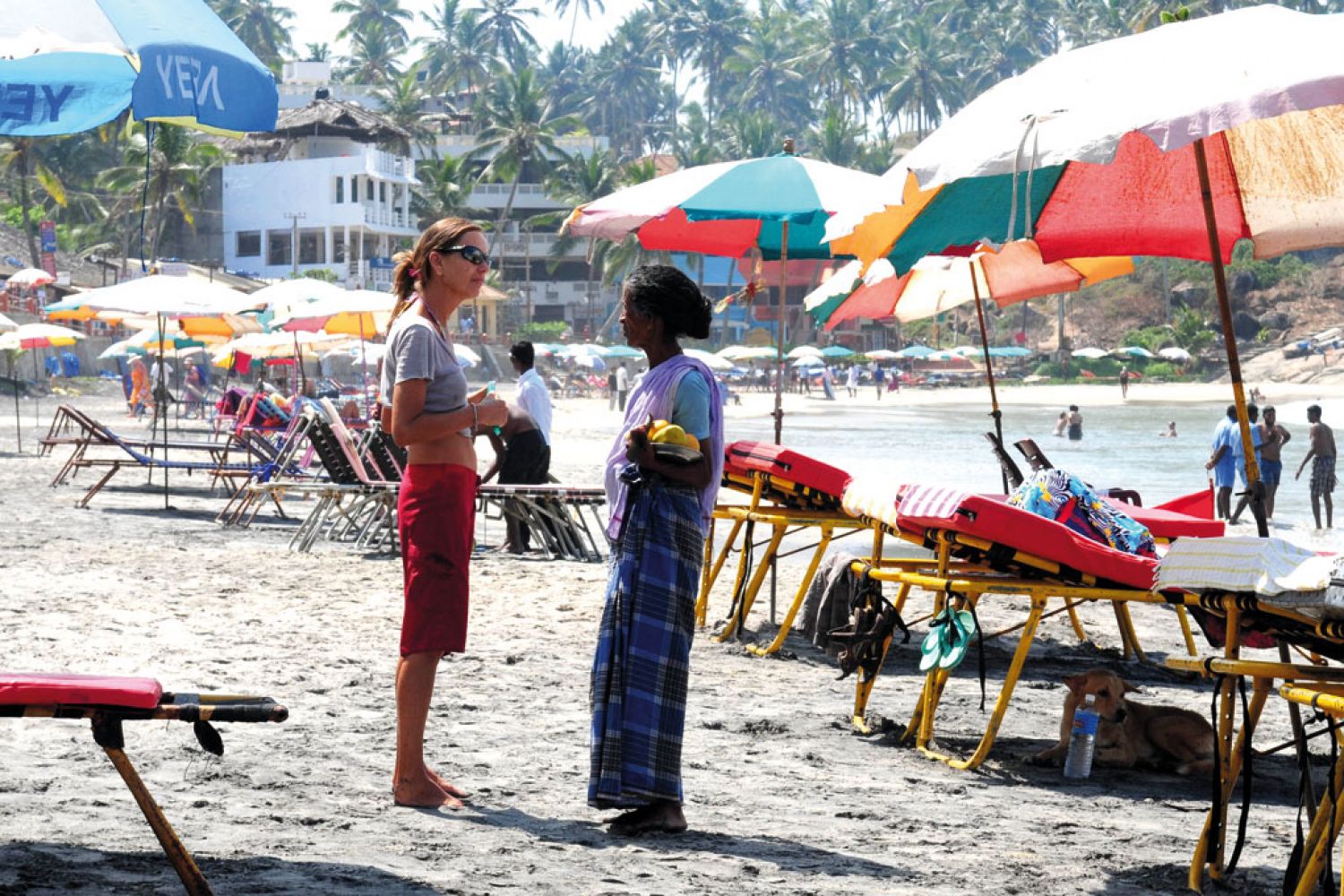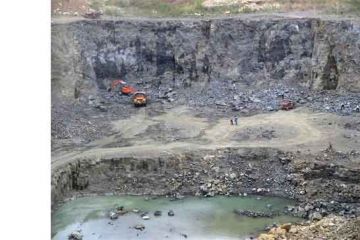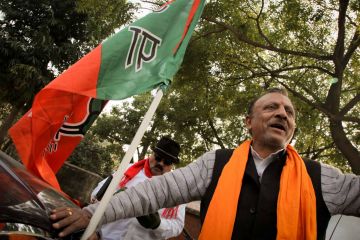
The stairs are a long zigzag up through stone, ending at a watchtower built like a lighthouse and painted in swirls of blue and white. The tower—squat rather than tall—looks like a giant chessman perched on top of the rocks facing out to sea. From the rocks, constantly battered by the waves, the tower commands a view of southern Lighthouse beach, the most popular beach in Kovalam. With its clear blue shallow waters, fine sand, and greenery, the small beach is a major tourist attraction. Twent





